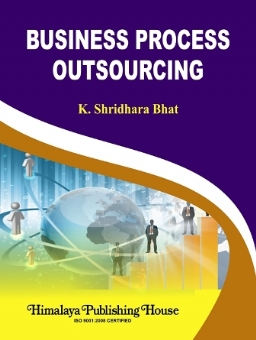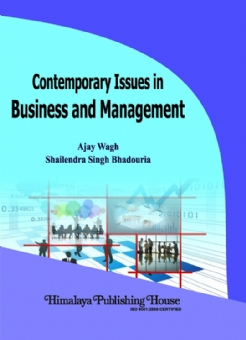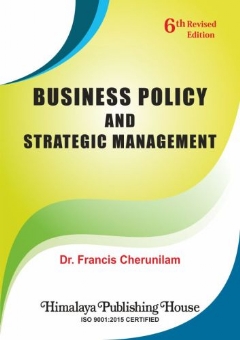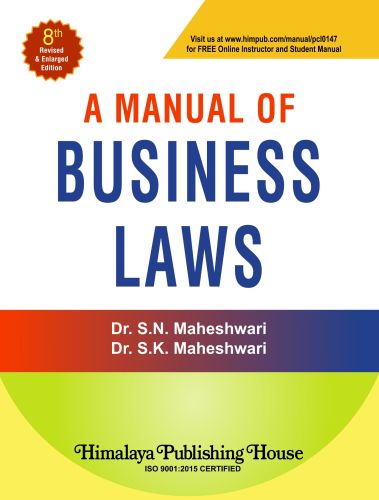Nowadays organisations are increasingly embracing outsourcing, leveraging cost savings opportunities to improve competitiveness, as well as utilising highly specialised services to recognise the benefits of increased business flexibility. Combined, this allows managers to concentrate on new opportunities and future products and positions them to better capitalise on their firm’s innate strategic strengths or core competencies.
Outsourcing is one of the most prevalent trends in today’s business environment. Nearly every company outsources some part of its business, though it may not realise it. Today’s fast-changing environment with emphasis on knowledge, flexibility and performance is causing organisations to rethink their paradigms. Organisations are questioning whether their traditional paradigm of “owning” the factors of production is the best way to achieve competitive advantage. The outsourcing concept of moving activities out of the organisation to where the experts exist, as opposed to owning all of the resources is being accepted by more and more organisations.
The idea of outsourcing started way back when manufacturers started shifting the manufacture of goods to countries with cheaper labour during the Industrial Revolution. During 1970s, many industries radically changed their manufacturing structure to respond strategically to the globalisation of markets and consequent increase in competition. For many firms, the key to successful restructuring has been to focus on core competencies or strategically important activities. Manufacturing outsourcing has become a strategically important activity for many manufacturing firms.
Contents –
1 : Business Process Outsourcing – An Overview
2 : The BPO Revolution
3 : Understanding Business Process Outsourcing
4 : Career – Opportunities in the BPO Industry
5 : Contact Centre BPO
6 : Planning for Outsourcing
7 : Sourcing Strategy
8 : Strategic Outsourcing
9 : The Outsourcing Process
10 : Identifying and Managing the Costs of BPO
11 : Outsourcing the Manufacturing Function
12 : Outsourcing Accounting Function
13 : Outsourcing Computer Services/Information Technology
14 : Outsourcing the Customer Service Function
15 : Outsourcing the Engineering Function
16 : Outsourcing the Human Resources Function
17 : Outsourcing the Maintenance Function
18 : Outsourcing Materials Management Functions
19 : Outsourcing Sales and Marketing Functions
20 : Outsourcing the Administration Function
21 : Vendor Selection and Contracting
22 : Managing the BPO Related Change
23 : The Future of Outsourcing
References






